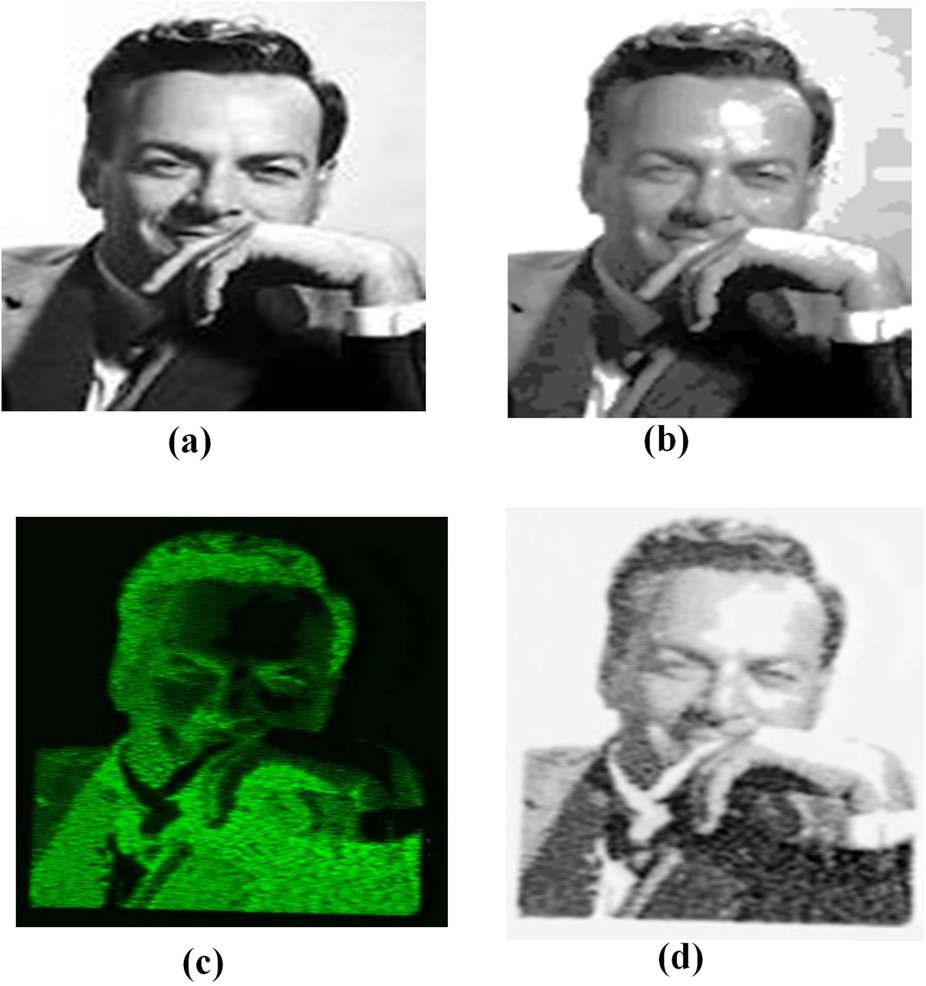R&D: Ultra-High Density Optical Data Storage in Common Transparent Plastics
Conventional gigabyte DVDs and Blu-ray transformed into ultra-high capacity media by encoding multi-level and multiplexed information within 3D volume of recording medium
This is a Press Release edited by StorageNewsletter.com on June 29, 2016 at 2:55 pmNature, Scientific Reports, has published an article written by Deepak L. N. Kallepalli, Department of Physics, Advanced Research Complex, 25 Templeton Street, University of Ottawa, Ottawa, K1N6N5, Ontario, Canada, Ali M. Alshehri, Department of Physics, Advanced Research Complex, 25 Templeton Street, University of Ottawa, Ottawa, K1N6N5, Ontario, Canada, and Department of Physics, King Khalid University, P.O. Box 9004, Abha, Saudi Arabia, Daniela T. Marquez, Department of Chemistry and Centre for Catalysis Research and Innovation, University of Ottawa, 10 Marie Curie, Ottawa, K1N 6N5, Ontario, Canada, Lukasz Andrzejewski, Department of Physics, Advanced Research Complex, 25 Templeton Street, University of Ottawa, Ottawa, K1N6N5, Ontario, Canada, Juan C. Scaiano, Department of Chemistry and Centre for Catalysis Research and Innovation, University of Ottawa, 10 Marie Curie, Ottawa, K1N 6N5, Ontario, Canada, and Ravi Bhardwaj, Department of Physics, Advanced Research Complex, 25 Templeton Street, University of Ottawa, Ottawa, K1N6N5, Ontario, Canada.
Fluorescence (emission) spectra from pristine and modified PMMA at 400, and 490 nm excitations obtained with a conventional fluorescence spectrometer. A large area grating like structure was fabricated with 300 μm inside PMMA. Only laser irradiated regions fluoresce. (b) Confocal fluorescence microscope image of ultra-fast laser modified regions. Excitation wavelength was 488 nm and emission was recorded in the wavelength range of window 500–550 nm. Each row shows fluorescence from a periodic array of modified regions irradiated with a single laser pulse of specific energy. Fluorescence signal increased with pulse energy from bottom to the top row as shown on the right. (c) Evolution of fluorescence signal with the energy of a single fs pulse obtained from (b). Based on the fluctuation of the fluorescence signal grey level was assigned to fluorescence as shown on the right ordinate.
Multi-grey image of Richard Feynman – Nobel laureate in physics in 1965 (b) Processed image after assigning 32 grey levels corresponding to write laser pulse energy range of 25–130 nJ. (c) Confocal fluorescence microscope image of (b) obtained by a CW, 488 nm read laser at 100 μW of power. (d) Reconstructed negative image of (c).
(Credits to Mary Evans Picture Library/The Canadian Press)
Abstract: “The ever-increasing demand for high data storage capacity has spurred research on development of innovative technologies and new storage materials. Conventional gigabyte optical discs (DVDs and Bluray) can be transformed into ultrahigh capacity storage media by encoding multi-level and multiplexed information within the three dimensional volume of a recording medium. However, in most cases the recording medium had to be photosensitive requiring doping with photochromic molecules or nanoparticles in a multilayer stack or in the bulk material. Here, we show high-density data storage in commonly available plastics without any special material preparation. A pulsed laser was used to record data in micron-sized modified regions. Upon excitation by the read laser, each modified region emits fluorescence whose intensity represents 32 grey levels corresponding to 5 bits. We demonstrate up to 20 layers of embedded data. Adjusting the read laser power and detector sensitivity storage capacities up to 0.2TB can be achieved in a standard 120mm disc.“















 Subscribe to our free daily newsletter
Subscribe to our free daily newsletter

